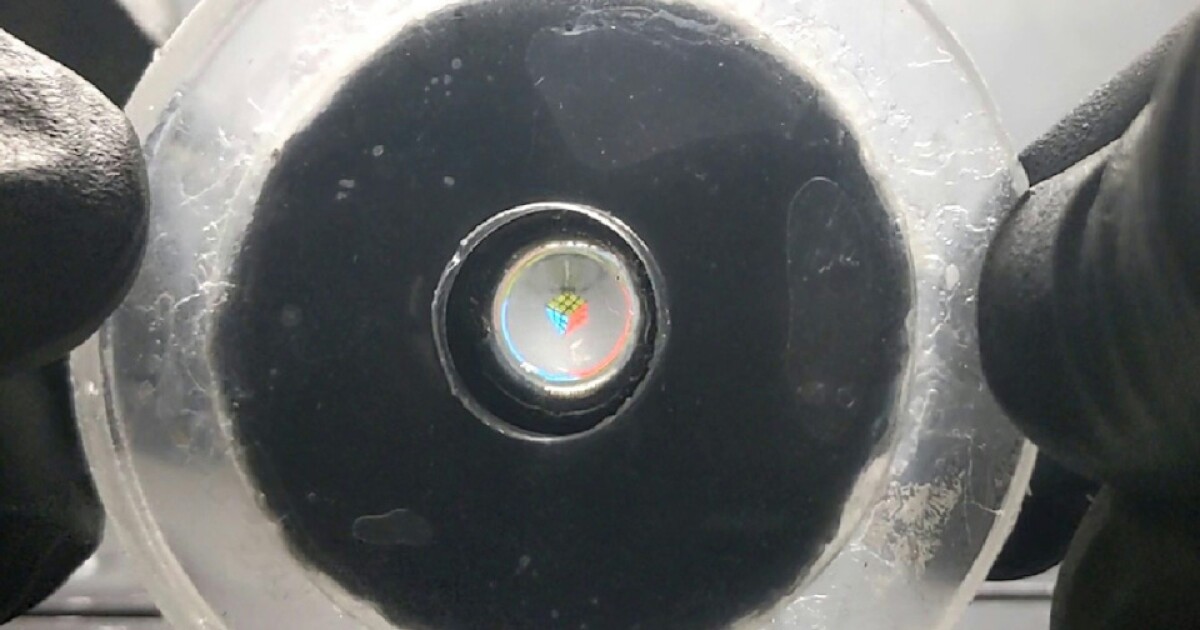For years, payment gateways quietly powered the global economy behind the scenes. But 2025 looks nothing like even five years ago. The industry is dealing with a new reality — skyrocketing transaction volumes, instant-payment expectations, fragmented regulations,
AI-driven fraud, and the rising need for multi-rail interoperability.
And yet, many banks and fintechs are still running their payment infrastructure on patched-together systems that were never designed for today’s speed, scale, or security demands.
This is exactly where the conversation around modern payment gateway architecture has become non-negotiable.
1. Instant Payments Are No Longer a Feature — They’re a Baseline
Whether it’s FedNow, UPI, Pix, SEPA Instant, or RTP rails, the global shift toward real-time settlements has forced financial institutions to rethink latency from milliseconds down to micro-optimizations.
Legacy systems simply weren’t built for:
-
End-to-end encryption at real-time speeds
-
Millisecond-level fraud scoring
-
Rapid horizontal scaling during peak hours
-
API-first connectivity across partner ecosystems
Today, every payment gateway development company is racing to align its architecture with instant-payment ecosystems. But the challenge isn’t building faster rails — it’s building smarter ones.
2. Fraud Is Evolving Faster Than Compliance Rules Can Keep Up
Global payment fraud is expected to cross $40B by 2027, fueled by:
-
Sophisticated social engineering
-
Deepfake-based identity misuse
-
AI-generated synthetic fraud
-
Multi-channel payment attacks
Modern gateways are shifting from rule-based engines to:
The new question isn’t “How fast does the system detect fraud?”
It’s “How fast does the system learn?”
3. Cross-Border Payments Are Stuck in the Past — Users Expect the Future
Banks still struggle with:
-
Slow settlement cycles
-
High correspondent fees
-
Low transparency
-
Limited tracking
Next-generation gateways are now experimenting with:
The goal is simple: cross-border transfers should feel as smooth as sending a message on a social platform.
4. The API Economy Has Shifted from Optional to Essential
Every payment provider wants to be plug-and-play, developer-friendly, and cloud-native. But most banks still run APIs as extensions rather than as products.
Modern gateways treat APIs as:
The winners in the next decade will be those who offer unified API layers, standardized documentation, observable sandbox environments, and autonomous debugging systems.
5. The Next Phase: Autonomous Payment Gateways
The conversation is shifting from automation to autonomy.
We’re entering a world where gateways will:
-
Detect and reroute failed transactions automatically
-
Optimize latency based on traffic patterns
-
Self-scale based on predicted peak loads
-
Dynamically comply with jurisdiction-wise rulebooks
-
Provide real-time trust scoring for merchants and issuers
This shift is no longer theoretical — prototypes already exist.
6. Where Financial Institutions Should Focus Their Energy
If there’s one clear takeaway, it’s this:
Payment modernization is no longer about replacing systems; it’s about redesigning the entire value flow.
Banks and fintechs must strengthen:
Architecture
Event-driven, cloud-native, containerized systems.
Compliance
Machine-readable regulatory frameworks that align with fast-changing rulebooks.
Fraud Prevention
AI-first fraud engines that evolve continuously.
Developer Experience
Gateways now compete on integration time and developer support.
Data Strategy
Every transaction becomes a data signal feeding a larger intelligence ecosystem.
Final Thought
Payments are no longer just transactions, they’re becoming intelligent, self-healing systems driven by data and autonomy.
Institutions that embrace this architectural shift early won’t just build faster payment flows; they’ll define the business models that shape the next decade of financial innovation.













